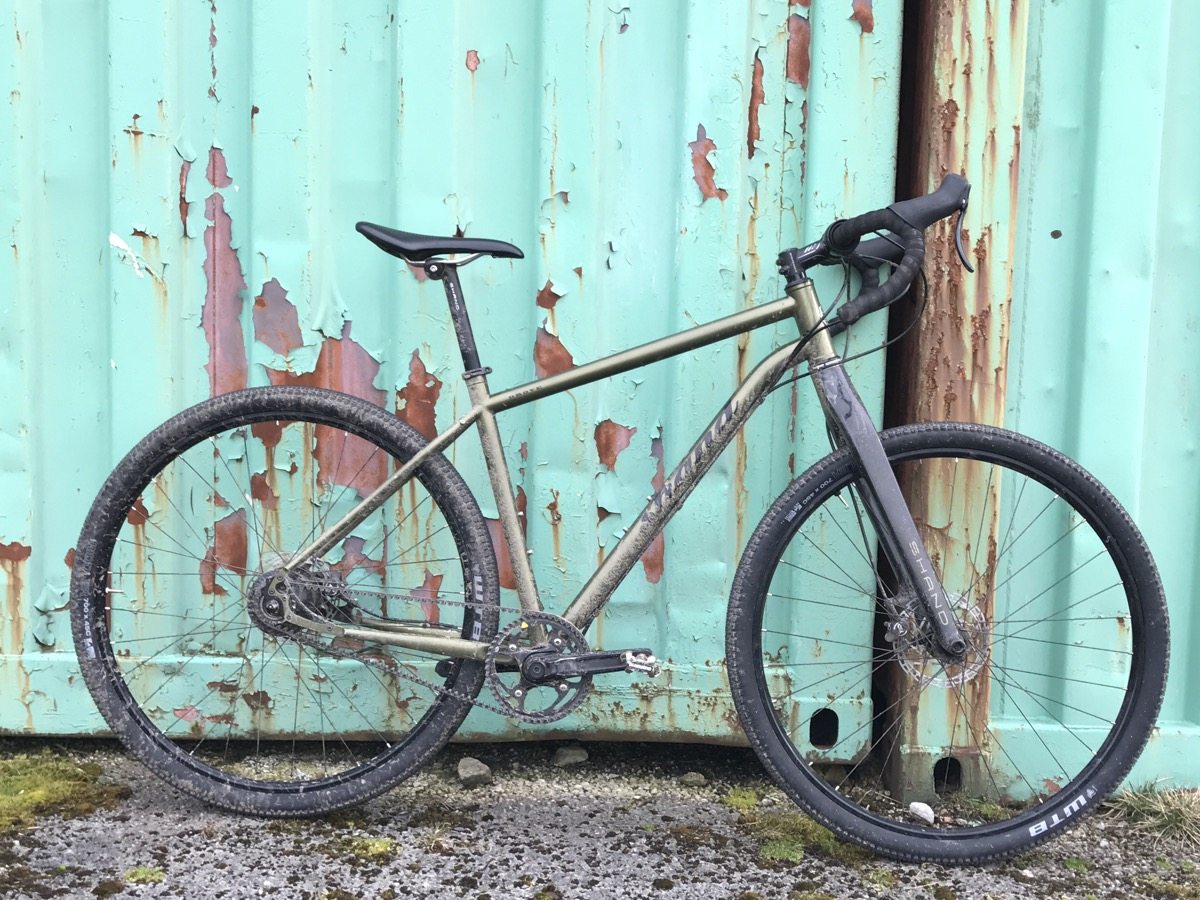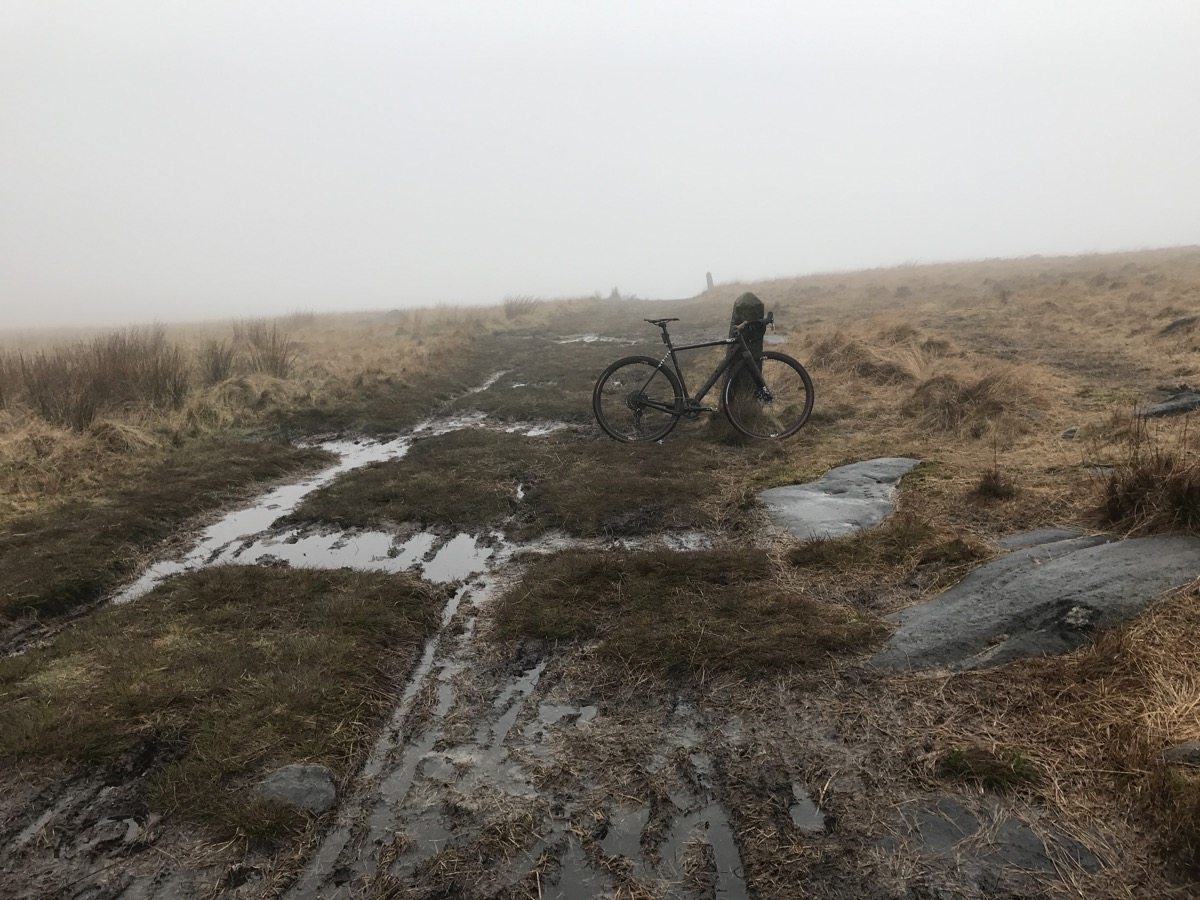The 19th century designer William Morris suggested that you should ‘have nothing in your house that you do not know to be useful, or believe to be beautiful’. Not a bad way to live, but even this approach can lead to a lot of stuff. Things that are useful when the situation arises, but for much of the time sit there doing nothing. A bit like a downhill mountain bike, perhaps.
Taking things a step further than Mr Morris, minimalism is very on trend. There are books you can buy on how to get rid of everything you own except the bare essentials (I’m not sure at what point in the process you get rid of the book). Without apparent irony, there is even one such book which (having sold many many copies), has been followed up by a sequel, which has more pictures in it, but is otherwise basically the same as the first.

If you can pare your possessions down to just one perfectly proportioned bowl and spoon, a crisp linen bedding set, and an improbably coloured armchair in an otherwise grey room, you are apparently set for a better life. Or one where you’re on good terms with your neighbours (could I just borrow…).
There may well be merit in the less is more approach to stuff, and I suspect it lies somewhere between the chintz and ornaments of your grandma’s living room, and the roll mat on the floor of the hipster loft apartment. But when it comes to bikes, could we be on to something? Does the modern gravel bike spell the end to n+1?

Mountain bikes started life as a means of riding more trails more comfortably than the touring bikes that preceded them. As soon as people could ride those trails they’d admired from their tourers or road bikes, they saw other trails that they wanted to ride, and then some more, and that steeper bit, and that rockier bit. And then not just riding it, but riding it faster, bigger, and faster again. And so the bikes got bigger and better, with all kinds of technological innovations to deliver us to those new trails we were eying up from the trails we were on.
Phew. It’s all so exhausting. More faster. More harder. More technical.
At the same time as all this mountain bike technology was moving along, road bikes were still pretty much road bikes. Lighter – yes, aerodynamic – yes, super smooth shifting of many gears – yes. But they still just went where they’d always gone: on roads. And yes, that can be fun, but it’s kind of a one trick pony, and variety is the spice of life.
Step forward the gravel bike. The cyclocross bike that had shaken off the shackles of UCI regulations, the road bike for those who have run out of tarmac, or the mountain bike for those that don’t actually want to plummet down a vertical slope. Whatever its pedigree (and no doubt in future there will be competing histories of who built the first modern gravel bike, and whether it was a gravel bike, or a gnarmac bike, or a monster crosser), I think this genre might just be the perfect bike for an age where less is more.

Consider all the riding you can do on such a bike. With a gravel bike with decent tyre clearance (rather than one that is barely burlier than a road bike), a strong nerve and tubeless set up, there’s not a lot you can’t ride on a gravel bike. Sure, you might not be fast, and yes, you might be a bit jiggled about. But give it a go and you’ll probably get there. And if you don’t, it’s light enough to carry pretty comfortably.
Do you really need to be able to go fast? As long as you’re not riding with mates who will be left waiting, is there not something to be said about concentrating on the trail ahead and (another trend du jour) being in the moment? Let yourself be consumed by the focus of taking that line, dodging that rock, absorbing that step. Leave thoughts of suspension tuning behind. This is the bike as it is, here and now, pure and simple. Don’t spoil the moment by wondering about psi tweaks and volume spacers that might make it better next time. Suspension on gravel bikes is not a trend I’m keen to see.

I think we can also apply the less is more adage to trails. Does that trail really have to be ridden? If you really want to see the scenery there, perhaps you could just have a little walk. With the rigid frame of a gravel bike delivering a fair amount of peril on a rocky 18% gradient, do you really need to be able to ride off that 6ft drop to get your kicks? Can you not just be satisfied with what you’ve got? Might you even be happier if you just explored and rode, rather than worrying about ‘radskillz’.
Yes, if you want to race any discipline then you’re going to need the right tools for the job and the right machine for that niche. But for the average rider a gravel bike will take you everywhere you need to go – and unless your wants insist on dropoffs and 30% descents, it’ll take you everywhere you want to go too. Even in the depths of winter, the increasingly available monster cross bikes which allow you to swap between 29in and 27.5in wheels should let you tackle the muddier trails (although it’s no bad thing to let the ground rest and leave such trails for drier months).
So clear out your shed. Get rid of the chaff. Make space. And in that space put only what you know to be both useful and beautiful: a gravel bike.

Death Of N+1
7 thoughts on “Death Of N+1”
Comments are closed.

Actually, quite a beautiful article. Nice one
Actually, quite a beautiful article. Nice one
This is a bit radical, an article about reducing consumption in a cycle magazine.
This is a bit radical, an article about reducing consumption in a cycle magazine.
Lovely article I love my mustang I even have stans 29inch flows on it.
Lovely article I love my mustang I even have stans 29inch flows on it.
N+1 when it comes to duplicated comments though! 😉